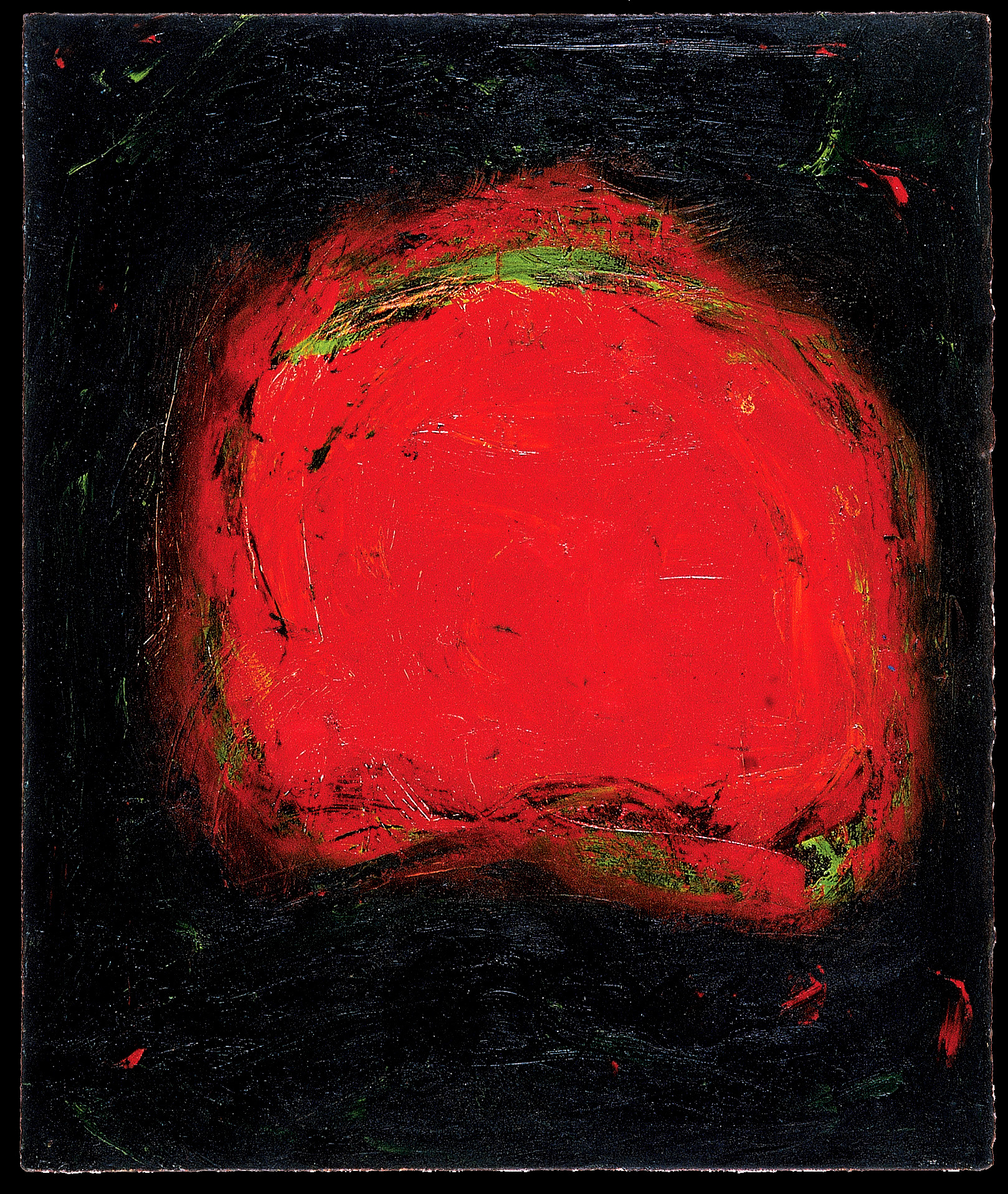
Synesthesia is a rare, yet incredible condition, which allows the individual with said condition to literally see sound! Being somebody with mild Synesthesia, I get a taste of it whenever I listen to music, so I know automatically what to picture when Synesthesia is brought up; but for those of you without the condition, mild, or full blast, what I found to be the most accurate depiction of what synesthetes see or imagine when they listen to music, would be the opening song of Fantasia, when they played Toccata and Fugue in D Minor. It’s actually a very interesting condition, studies show that most synesthetes do not even realize they have the condition until they discover that people around them are not envisioning the shapes, colors, and patterns that they are when they listen to music, or sound. Most cases have shown Synesthesia to be harmless, or non-influential to the subject’s patterns of behavior, however, there are still the occasional few who report experiencing “sensory overloads” when the sensation is triggered. As for what does trigger Synesthesia to synesthetes varies. The most common form of Synesthesia is called “Grapheme” or “color Synesthesia”, which causes letters and numbers to appear to give off colors. For example, S might look like S, or A might look like A. Other forms are Sound Synesthesia, which causes a variety of sounds to look like shapes, lights and colors. It was this form of Synesthesia, which inspired the creation of “Synesthetic Art”, or art that is either created by synesthetes to express what they experience, or artists who are trying to replicate the condition through physical visual means. Such examples would include a variety of inventions, such as the Lumigraph, or “Color Organ” which was developed by an animator named Oskar Fischinger, and would give off colors of light that would accompany the music that the organ would play. Other examples were works of art, such as “Vision” by Carol Steen, which supposedly portrayed what she would picture during acupuncture. For many hundreds of years, Synesthesia was not a widely investigated phenomenon by the scientific community, and it’s only been until recent times when the condition has actually been acknowledged at all. Many famous Synesthetes include ancient Greek Philosophers who described seeing the color timbre when they listened to music. Others include Isaac Newton, who proposed that the frequencies of color and music were interrelated. Even the father of modern electricity, Nikola Tesla was supposedly a synesthete. Overall, Synesthesia is neither a normal sensation, nor a handicap, and throughout history has made significant contributions to both the artistic, and scientific fields, both intellectually, and creatively.
- Jon
(Image is "Vision" by Carol Steen, image was taken from Wikipedia)
No comments:
Post a Comment